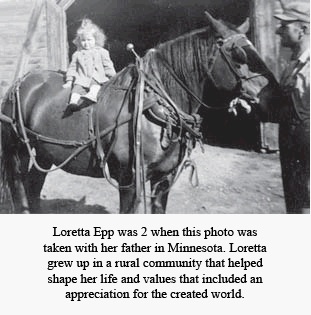By S. Roy Kaufman | Jan 15, 2014
The following article was featured in the The Freeman Courier in January 2014, as part of the feature “Rural Reconnaissance”.
The margins in mind are those boundaries between human habitation and cultivation and the wild places of nature, those intersections between settled places and wilderness. It may be nothing that more than that patch of weeds in the corner of the garden or field, or the few scrub trees and bushes springing up along the fence lines. It may be the roadside ditches on country lanes. Or it may indeed be the boundary between farmland and a state park or between the field and the creek or river or prairie or forest.
How that boundary is tended says a lot about the health of both nature and the land, and the human community that lives on that land. Nature, you see, establishes its boundaries so seamlessly that we are rarely aware unless we pay close attention that we have moved from one ecosystem to another. And farmers do quite well at marking the boundaries of their fields. But the margins between wilderness and settled land are another matter. Here it isn’t clear who is in charge, or how things are being managed. At the margins we discover how healthy both the natural and the human systems living on that land really are.
I recently re-read a tribute I had given at the memorial service for my much loved sister-in-law some 24 years ago. She was, as I described her then, a refined and cultivated lady whose life led her to be transformed into a farm woman. It was she, more than anyone, who taught me as a young man what I have come to know of elegance, culture and taste. And yet, it was also she who would later teach us so much of what we knew, Loretta and I, of nature and its workings, of sustainable living on the land. And in that transformation of her life, Sally revealed herself to be “a lover of the wild within and around us.”

As I said on that occasion, “I speak of the wild not as the grand mountain reserves of wilderness, but as the lurking wild-flower outside the door, the native glories which so many of us, in our haste for the exotic on a grand scale, never see. Sally knew, as Wendell Berry says in Home Economics, that, ‘We need to go now and again into places where our work is disallowed, where our hopes and plans have no standing. We need to come into the presence of the unqualified and mysterious formality of Creation’ (146). Sally knew the importance of the margins, and observed the margins carefully. For as Wendell Berry says,
These margins—lanes, stream sides, wooded fence rows, and the like—are always freeholds of wildness, where limits are set on human intention. … They enact, within the bounds of human domesticity itself, a human courtesy toward the wild’” (151).
The measure of our humanity and our communal life may well be found in how the margins between wilderness and settled land are allowed to thrive, how they are tended, not by our management—God forbid, but by our notice and our care. And if the margins are offensive to us, perhaps it is because we have made them so. But it need not be so. As I said about Sally, “Countless spots on the land where she lived will miss the nurturing care of her touch, the wise and helpful arrangement of her hands, and most of all, the awe-struck wonder of her gaze.”

